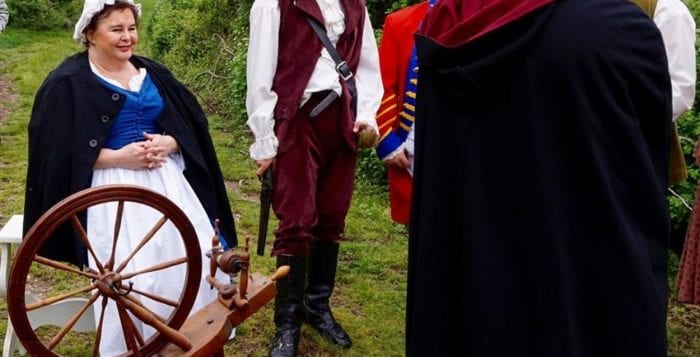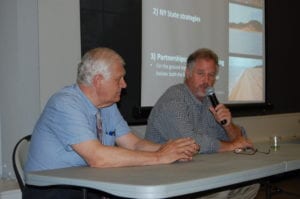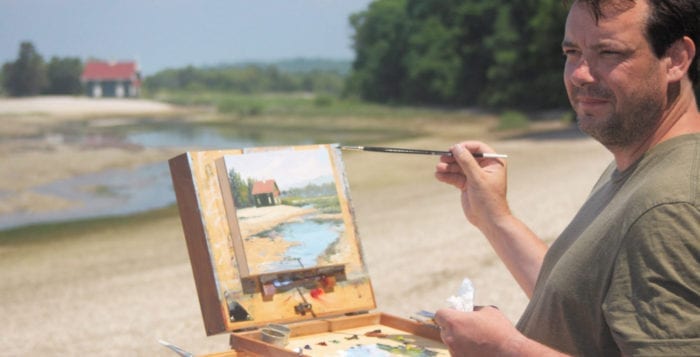It certainly has not been a quiet two weeks in America. A shooting in Dallas, Texas, resulted in the death of five police officers, and the killings of Alton Sterling in Baton Rouge, La., and Philando Castile in St. Paul, Minn., have sparked a national conversation, with many people on social media finding themselves in between #BlackLivesMatter, #BlueLivesMatter and #AllLivesMatter.
Supporting #BlackLivesMatter doesn’t make someone anti-police, and responding to #BlackLivesMatter with #AllLivesMatter does nothing to address the reasons the movement started in the first place. The same goes for killing police officers.
Yet every time a new video surfaces showing a young black male being detained, and in some cases killed by police, or another story of an attack on a uniformed officer comes to light, finger-pointing and politically motivated, unproductive talk ensues for as long as the given news cycle will allow.
There is one important question that needs to be answered and given substantial thought by every person in the United States, so that we can decide what kind of a country we want to be. It is also important to note that asking questions of your government or law enforcement does not mean you are against them.
But why do we see interactions between African-Americans and police officers frequently start at a place of such heightened tension? How is it that we continue to see citizens of our country killed by the people entrusted with protecting them, and how do we fix it?
Just like any relationship, this one is a two-way street that needs reflection and cooperation from both sides to provide any hope of one day fixing it. We believe it would serve America well to look past the conversation of #AllLivesMatter. This phrase would not have started without #BlackLivesMatter, which came to the forefront because of violent incidents in this country. We need to look at why these events took place, if we want to try to fix what many citizens now think is a national problem.
















